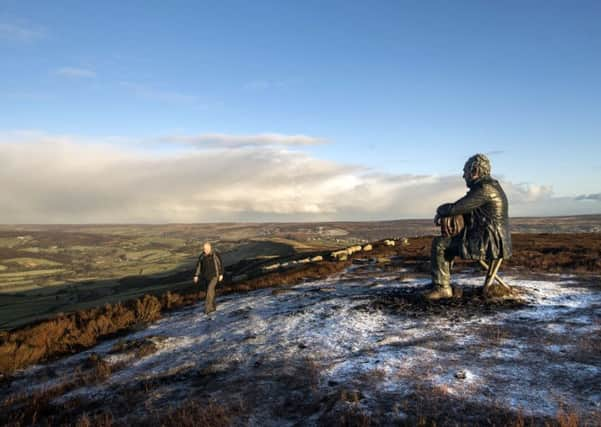North York Moors National Park plans measures to protect three '˜treasured qualities'


The authority, as part of its management plan, had drawn up a list of 28 ‘special qualities’ held in highest regard by those living there and by its many millions of visitors. Now, as it prepares its Local Plan, the authority is consulting on how it can best protect three of its most treasured traits – its tranquillity, its remoteness and its dark skies at night.
“These three are very special to the North York Moors National Park,” said Paul Fellows, the park’s head of strategic policy.
Advertisement
Hide AdAdvertisement
Hide Ad“The idea is to develop planning policy to protect these special qualities. They are extremely valued by an awful lot of people.”
A 20-page consultation report on options has been produced and residents, visitors and parish councils are now being asked for their views, along with the district councils covering Scarborough, Ryedale and Hambleton.
As part of its management plan, the authority had initially identified 28 qualities that make it special, from the diversity of its landscapes to coastal geography, ruined abbeys and ancient churches and a wealth of archaeology.
The key three factors to be consulted on with regards to planning policy were all highlighted as important aspects to consider as part of the Local Plan.
Advertisement
Hide AdAdvertisement
Hide AdWhen it comes to tranquillity, 90 per cent of the park is deemed “relatively tranquil” by the Campaign to Protect Rural England (CPRE) and such spaces, the National Park says, fostering a sense of belonging and of being connected to nature and history.
Any proposals within the park, under the plan, could be assessed on their potential impact through visual intrusion, noise, activity and traffic.
At least 20 per cent of the park is also deemed by CPRE to be remote, and this, say authority members, is key to maintaining the park’s more precious aspects.
“Remote undeveloped areas of open moorland and woodland across the North York Moors are among the most tranquil places in the National Park and, without the intrusion of man-made structures, they have a quality of ‘wildness’ which is rarely found elsewhere,” said Mr Fellows, outlining options to bring in stricter building policies.
Advertisement
Hide AdAdvertisement
Hide Ad“These remote locations foster a sense of being close to nature and getting away from the stresses of modern life and are a finite resource which, once lost, cannot be regained.”
The park’s access to dark skies, a factor which is proving relevant as it is recognised as increasingly rare throughout the country, could see light pollution curbed within the park or within new developments.
CPRE carried out a ‘night blight’ mapping exercise in 2016, showing that the North York Moors is one area of the country most free from light pollution, and there are now three ‘Dark Sky Discovery’ sites as well as a popular festival in February.
“People are coming to the park especially for the dark night skies,” said Mr Fellows. “There’s a real surge in enthusiasm. We are looking at processes to ensure this is protected in the future. This consultation is about ensuring that when we get applications in the future, we can make sure these priorities are protected.”
The consultation closes on January 26.